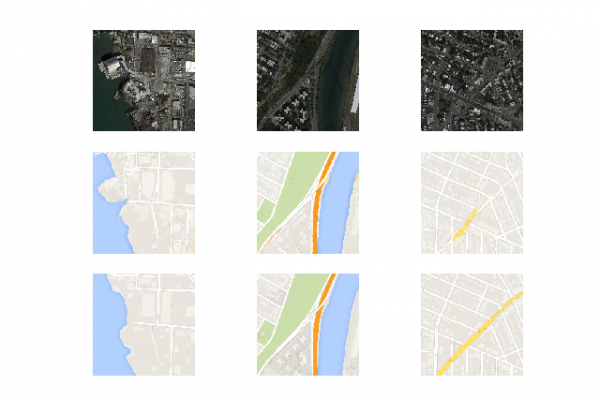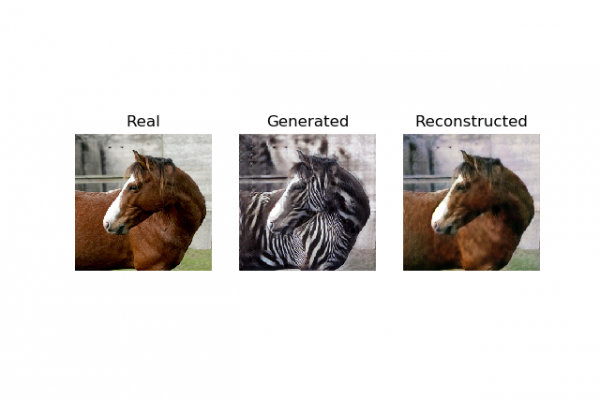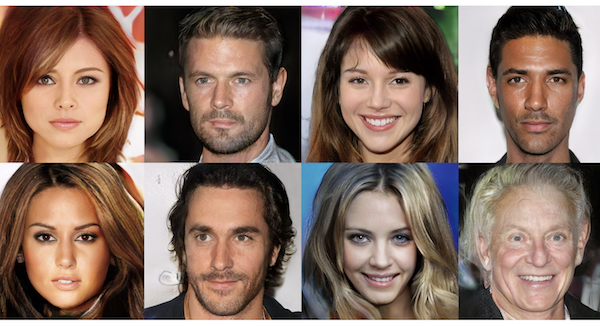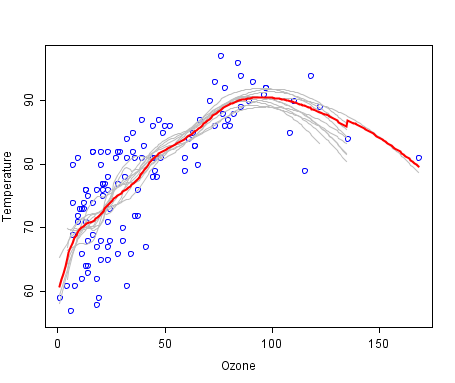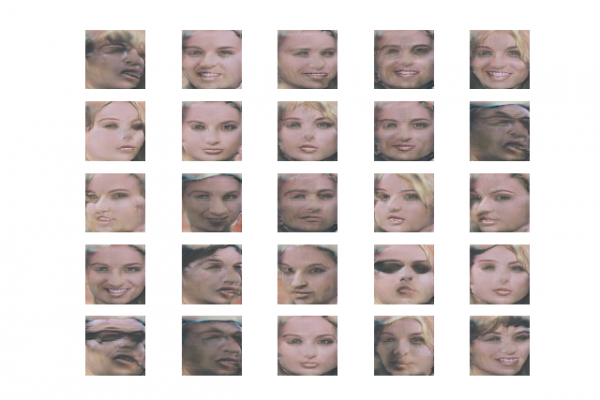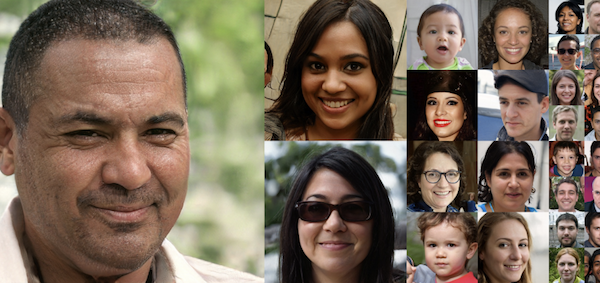How to Develop a Pix2Pix GAN for Image-to-Image Translation
Last Updated on September 1, 2020 The Pix2Pix Generative Adversarial Network, or GAN, is an approach to training a deep convolutional neural network for image-to-image translation tasks. The careful configuration of architecture as a type of image-conditional GAN allows for both the generation of large images compared to prior GAN models (e.g. such as 256×256 pixels) and the capability of performing well on a variety of different image-to-image translation tasks. In this tutorial, you will discover how to develop a […]
Read more